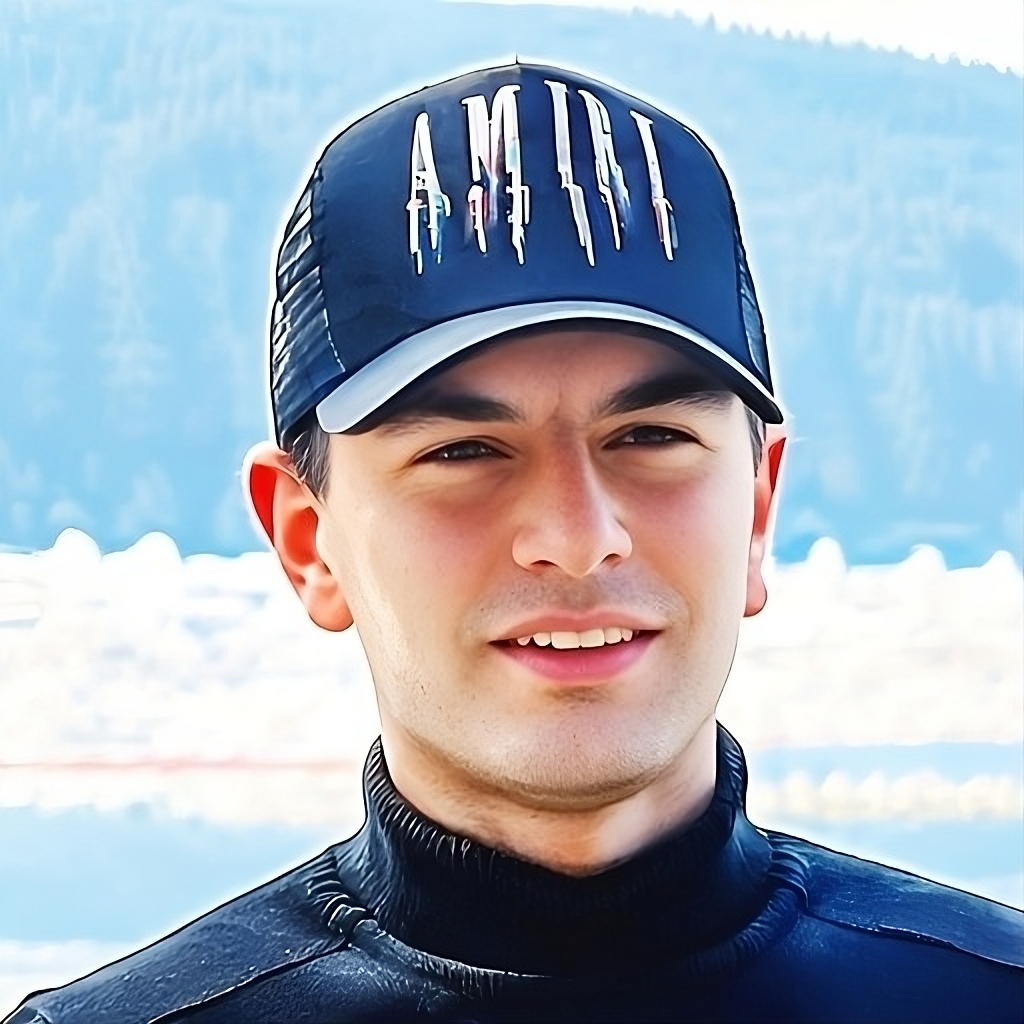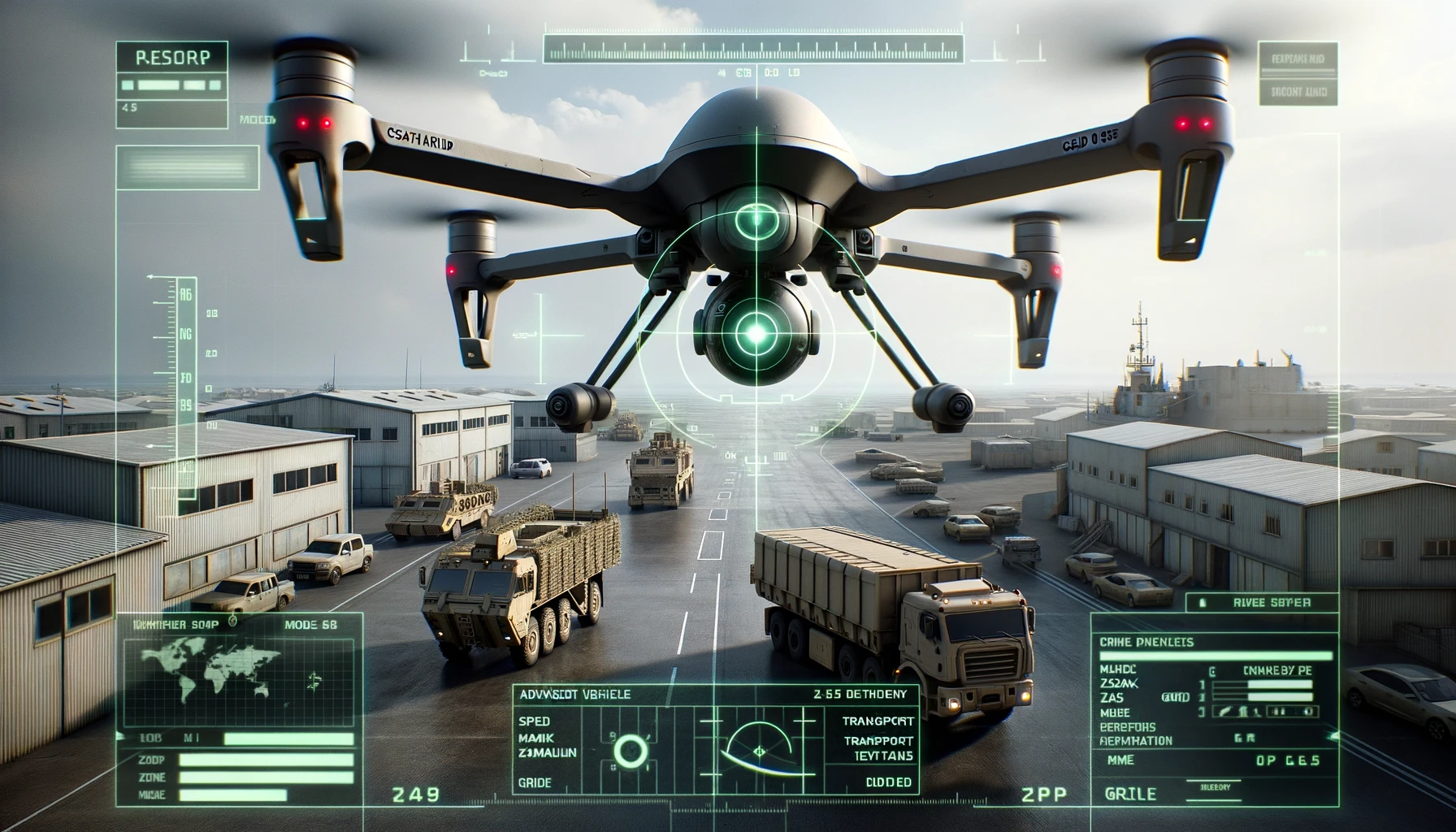

VAHE ASLANYAN
"SkySight Military Monitor" is an endeavor in the realm of advanced technology, geared towards real-time military vehicle detection via aerial imagery. The tool is developed to address a pressing need in the defense and security sectors: timely and accurate intelligence.
Challenge
Historically, military analysts have faced challenges with the detection and identification of military vehicles from aerial views. A myriad of factors like diverse terrains, changing camera angles, and fluctuating lighting conditions have made this task arduous. This limitation in precision has repercussions not just in military maneuvers but extends to related domains that demand precise intelligence.
Goal
Our core ambition lies in applying cutting-edge technology to elevate accuracy in identifying pivotal military assets such as Tanks, Armored Personnel Carrier, Transport Truck in Arma 3. The objective is clear: ensure a consistent performance irrespective of environmental adversities.
TECHNOLOGIES USED
What is central to "SkySight Military Monitor" is the synergy of YOLOv5 which is a well-known image recognition system as well as the ARMA 3 environment, celebrated for its realistic images and simulations. This combination creates an extremely powerful platform that is perfectly suited to the objectives of the project. As a deep-learning-based detector of objects, the system is extremely successful in identifying specific military vehicles using aerial images inside the ARMA 3 milieu. Additionally, bolstering this integration is the architecture of the project based built on Python that is further enhanced by pip to manage dependency as evident in 'requirements.txt document, and the utilization for Jupyter Notebooks for data elucidation. Git is the anchor for version control. Docker symbolizes containerization, and the learning data sets gathered from Kaggle increase the system's reliability and accuracy.
Solution
We fine-tuned the YOLOv5 model using a curated dataset, encompassing 100 images for each class. Captured under varied conditions, primarily in clear visibility at around 100 meters altitude, this dataset fortified our model's precision and adaptability. The result is a detection mechanism that's current, reliable, and scalable for future innovations.
.png)

-min.png)
.png)
.png)